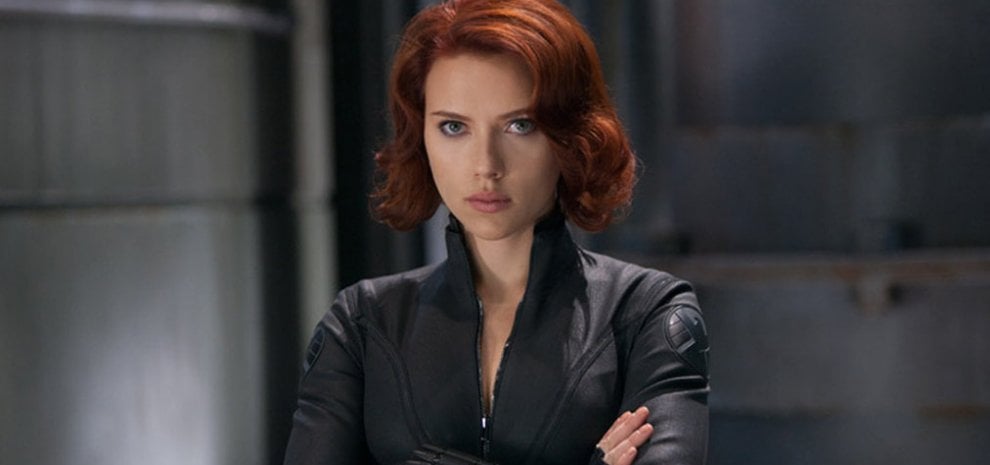Tue 10 Jul 2012
Popular Culture in Dispute Resolution Training
Posted by Heverton.Oliveira
From July 12-15, UBC Faculty of Law’s Allard Hall will be the meeting place for more than 100 scholars studying the popular culture works of Joss Whedon – the creator of Buffy the Vampire Slayer, Firefly and The Avengers. As co-host, my attention right now is firmly focused on all things Whedon, so I’d like to offer my Whedonesque spin on dispute resolution training.
Teachers in a wide range of fields have been drawing more and more on popular culture examples to support teaching and learning in almost any substantive subject area. In the area of medical ethics, think House and Grey’s Anatomy (for examples of what NOT to do!). And we’ve probably all seen clips of negotiations and even the odd mediation in dispute resolution training? I do get bored with too frequent showings of the films Disclosure and Wedding Crashers as the only mediation examples at conferences and in courses, but there are many trainers and professors using highly creative popular culture references to enhance student interest and to deepen understanding and discussion of a wide variety of dispute resolution topics.
The reasons clips from these “texts” work so well as a learning device have been studied by Teaching and Learning scholars and also explored by psychologists in the related field of “cinema therapy”. Certainly, video clips provide engaging and entertaining examples of negotiation strategies that can serve as launching points for analysis. They may also serve as metaphors or allegories, devices that cognitive linguists argue can shape, support and challenge our worldview. (Consider the endless metaphors of battle and warriors that populate our language and our thinking about litigation, and that reinforce notions of adversarial approaches as “powerful”.) In addition, as media literacy is itself a fundamental skill for the 21st century, critical analysis of how our field is represented in popular culture can be valuable in understanding and responding to a client’s culturally constructed notions of good conflict resolution skills.
In the world of “cinema therapy”, psychologists “prescribe” videos to watch – whether alone or as couple’s therapy. Not only are specific situations explored for their lessons, but studies suggest that emotional connections to the situations and characters can be both cathartic and healing when watched with personal awareness of one’s own responses and critical thought.
In light of these observations and in honour of Slayage, I’d like to offer a few brief thoughts about The Avengers’ character Black Widow as demonstrating highly developed awareness of power dynamics in negotiations. In case you haven’t seen the film, I’ll concentrate on just one example, and try to avoid too many spoilers!
Black Widow is the only female superhero in The Avengers. When we first see her in the film, she appears as a victim – tied to a chair and under interrogation by three men. Her chief interrogator is gloating, of course, as she is clearly defenseless. When she expresses a mistaken belief in old information about his plot, he shows off just how out of date she is with a run down on the real situation. Suddenly a henchman’s cell phone rings. It’s for Black Widow, and she is handed the cell phone. Her words to the caller? Not “Help!” but “I’m in the middle of an interrogation with this moron who’s giving me everything.” Seconds later, she smashes her way out of the chair, and disables all three of her captives with ease. We realize she was never in any danger, and had all the power in the room from the very outset – her captors just never realized it.
Enjoy the following clip from that scene of the movie:
What a great scene to launch a discussion of power dynamics. One of the most important learnings I see in the clip for negotiators and mediators alike is the lesson it provides on the value of being able to leave ego aside. How many times do we see people focus on looking strong in a negotiation, seemingly seizing power through aggressive tactics? And how many times do we overlook other sources of power in a dynamic situation? Using the scene as the basis for questions about power, negotiation style, manipulation and negotiation ethics, gender expectations, and any number of other topics should lead to a meaningful consideration of a complex interaction. And, of course, it’s a great excuse to watch The Avengers – for educational purposes!
 Guest blogger Sharon Sutherland is Assistant Professor at the UBC Faculty of Law at Allard Hall teaching Ethics and Professionalism, the Clinical Mediation Program and the Judicial Externship. She was one of the founders of Mediate BC and the CoRe Conflict Resolution Clinic at UBC and a key leader in conflict resolution in BC. Sharon also has an exciting role as co-host of Slayage 5, a conference devoted to vampire-related studies!
Guest blogger Sharon Sutherland is Assistant Professor at the UBC Faculty of Law at Allard Hall teaching Ethics and Professionalism, the Clinical Mediation Program and the Judicial Externship. She was one of the founders of Mediate BC and the CoRe Conflict Resolution Clinic at UBC and a key leader in conflict resolution in BC. Sharon also has an exciting role as co-host of Slayage 5, a conference devoted to vampire-related studies!




